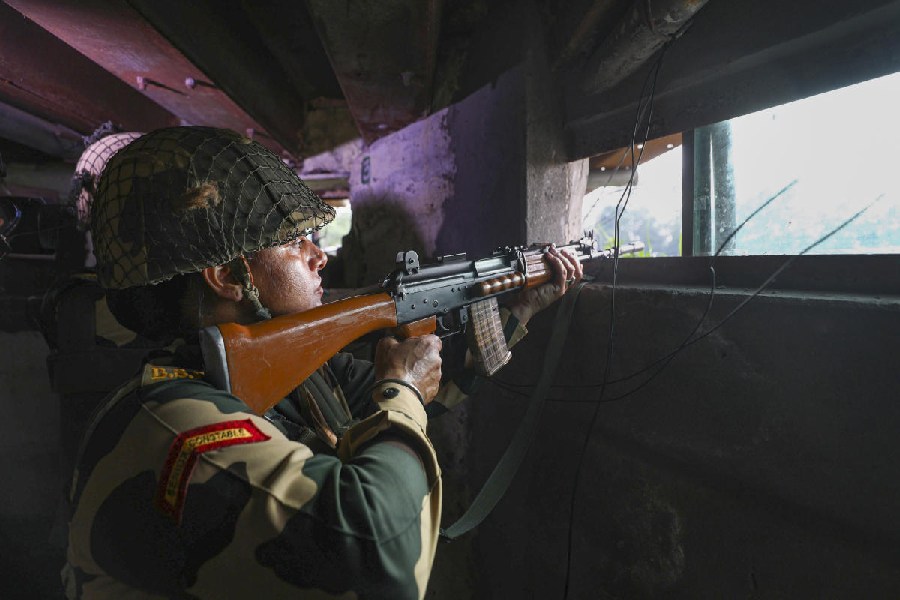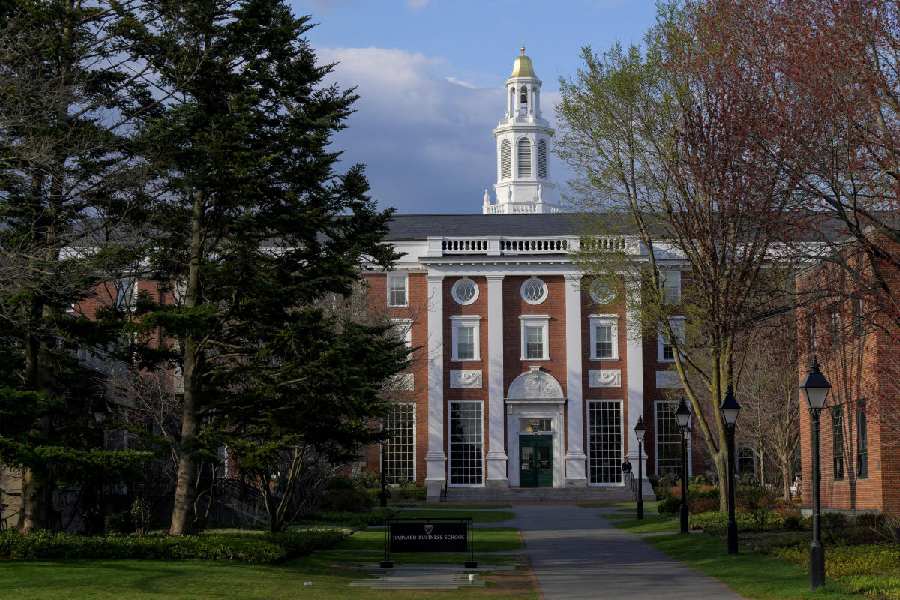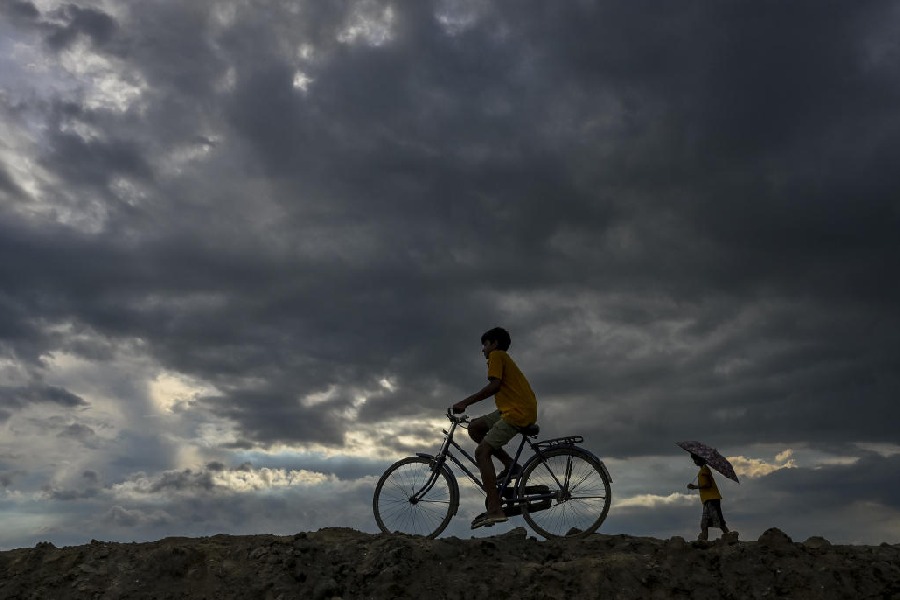
Bihar would soon have funds at its disposal to put in place dedicated feeders for agriculture-related work.
The state would get funds for realising the goal through the Deendayal Upadhyaya Gram Jyoti Yojana , which was announced by the NDA government at the Centre in December last year.
The scheme entails a programme of rural electrification with a mandate of providing funds for works related to separation of agriculture and non-agriculture feeders, strengthening and augmentation of sub-transmission and distribution infrastructure and rural electrification work, as taken up under an earlier programme named Rajiv Gandhi Gramin Vidyutikaran Yojana.
According to the norms of the scheme, the Centre and the state concerned share the project cost in 60:40 ratio. It means three-fifth of the total fund (i.e. 60 per cent) is provided by the Centre and the remaining has to be mobilised by the state/power company concerned.
As things stand now, the power supply for agriculture-related work in Bihar is done through the same feeders, which are used in supplying power to rural areas. This leads to problem, as the required quality of power (voltage, fluctuations etc) don't reach the fields. The presence of dedicated feeders would help in overcoming this problem.
In addition to the funds for dedicated agriculture feeder, the state is also set to get funds to set up new power sub-stations in rural areas.
Sources in the Union power ministry said Bihar had submitted a proposal of about Rs 4,000 crore under the scheme to set up agriculture feeders and power sub-stations in rural areas. "A meeting has been convened in the first week of July during which details would be finalised before sanctioning of the funds," added the source.
Bihar is the first state to have been invited for such meeting and other states have been asked to send their representatives in the fourth week of July.
Sources said it was being done probably keeping the dates of the Assembly elections in mind. As the model code of conduct may come into play in August, after the announcement of the Assembly election dates, the Centre wants to finalise things for Bihar in July.
According to the proposal details, Rs 2,500 crore would be used for the dedicated agriculture feeders and the remaining Rs 1,500 crore would be for constructing rural power sub-stations.
Confirming the Centre's move to give Bihar priority over other states as far as finalising the project was concerned, a source in the Bihar state power holding company limited said the meeting dates had already been conveyed informally and the formal letter would arrive soon.
"Setting up of dedicated agriculture feeder would allow us to supply power to the fields according to the needs of the farmers. Moreover, the quality of power would be very good," said a source.
The source highlighted the importance of rural power sub-stations claiming that it would strengthen the transmission network in a big way allowing power companies to supply more electricity to rural areas.
Rural electrification work in Bihar is going on at a great pace, as the state aims to achieve the target of cent per cent rural electrification by December 2016. This is bound to lead to increased power demand in rural areas for which new power sub-stations would be required.
The Central Electricity Authority records updated up to March 31 this year states that 37,002 villages out of 39,073 in the state have been electrified.
The work to cover the remaining villages is going on at full pace. In the past two-and-a-half months, 300 villages have been added in the list of electrified villages. A special drive has also been launched in the state under intensified electrification of villages under which all the hamlets ( tolas) within a given village would be electrified and this programme aims to cover all the electrified villages by December 2016.










